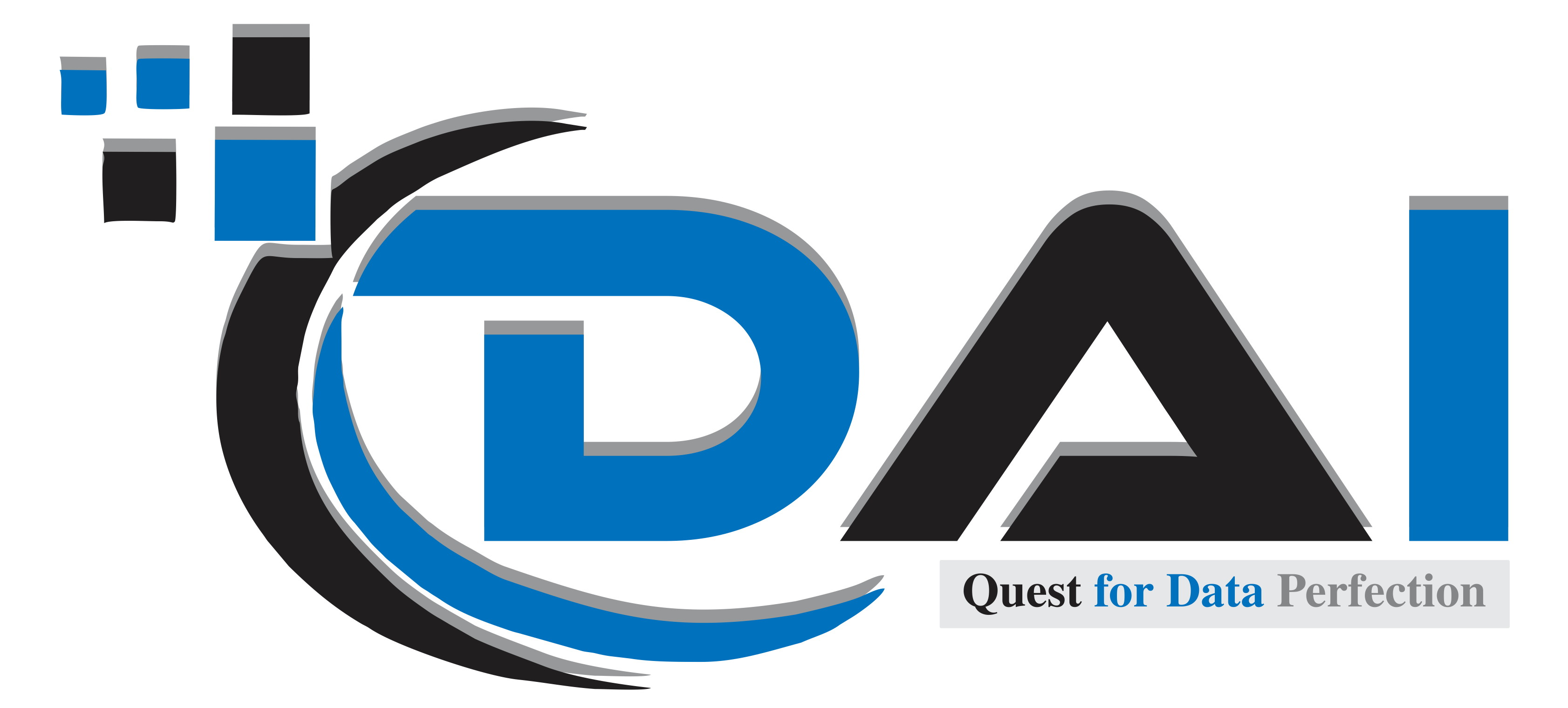Talent Acquisition
Talent acquisition refers to the process of finding and acquiring skilled human labor for organizational needs and to meet any labor requirement. It’s a strategic approach to identifying, attracting, and on-boarding top talent to efficiently and effectively meet dynamic business needs. Talent acquisition is often considered a more comprehensive and strategic function compared to traditional recruiting

Components of Talent Acquistion
Workforce Planning:
i. Understanding the current and future workforce needs of the organization based on business and strategic plans.
ii. Planning for potential gaps in skills or roles that need to be filled to achieve business goals.
Employer Branding:
i. Developing a strong employer brand that appeals to potential employees.
ii. Communicating the culture, values, and benefits of working at the organization to attract the right talent.
Recruitment:
i. Implementing strategies to attract candidates, which may involve job postings, social media, and participation in job fairs.
ii. Utilizing sourcing techniques to find candidates who may not be actively looking for new jobs but match the skill set required for open positions.
Candidate Experience:
Ensuring that candidates have a positive experience throughout the recruitment process, regardless of the outcome. This includes communication, interview process, feedback, and onboarding.
Selection and Onboarding:
i. Employing various assessment methods to select the right candidates based on both skills and cultural fit.
ii. Facilitating a smooth onboarding process that helps new hires integrate into the company successfully.
Succession Planning:
Planning for future leadership or other critical roles by preparing internal candidates through development and training.
Retention:
Developing strategies to retain top talent, which includes career development opportunities, rewards, recognition, and creating a positive work environment.
Compliance and Diversity:
i. Ensuring all talent acquisition strategies comply with local, national, and international hiring laws and regulations.
ii. Focusing on diversity to create an inclusive workplace that brings a variety of perspectives and ideas.
